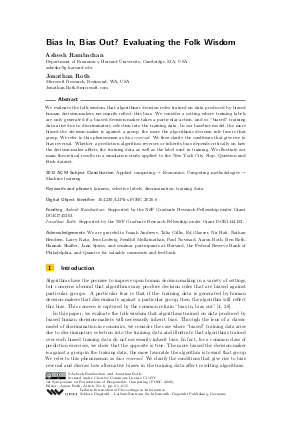LIPIcs.FORC.2020.6.pdf
- Filesize: 0.52 MB
- 15 pages

 Creative Commons Attribution 3.0 Unported license
Creative Commons Attribution 3.0 Unported license


























Feedback for Dagstuhl Publishing